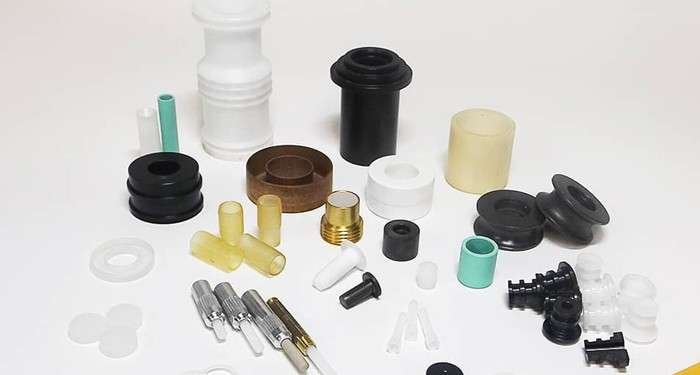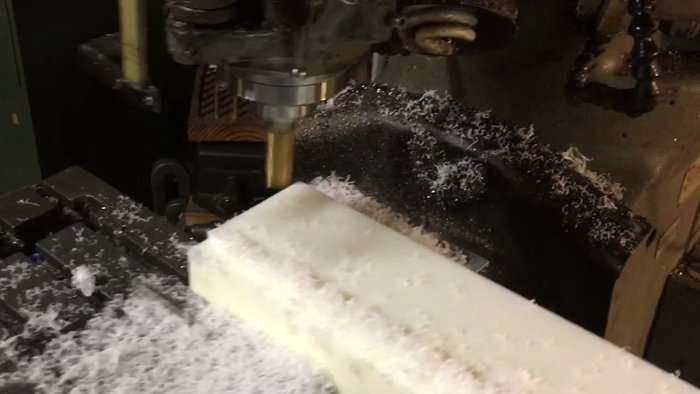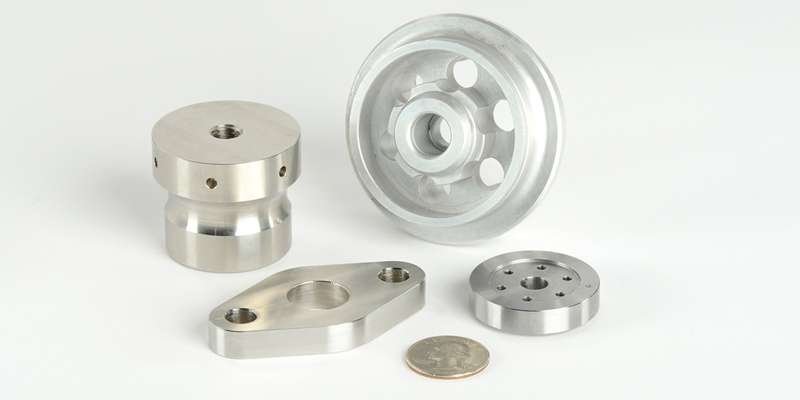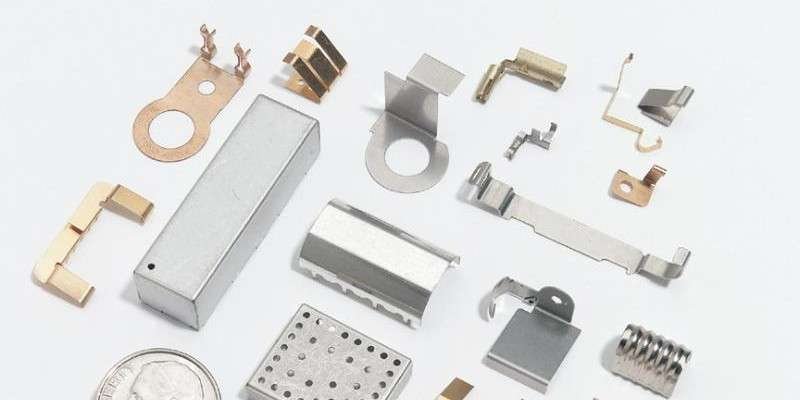Plastic component processing is a fundamental technique utilized in a wide array of industries, ranging from automotive and aerospace to electronics and consumer goods. This process plays a pivotal role in crafting various plastic products, from simple everyday items to intricate, high-performance components.
To excel in plastic component processing, it’s vital to delve deeper into the intricacies of this method. In this article, we will explore key considerations and techniques in detail to ensure that your plastic component processing is not just efficient but also results in top-quality products.
Table of Contents
ToggleMaterial Selection Building Excellence
Selecting the right plastic material is the cornerstone of successful plastic component processing. Plastics come in a multitude of types, each with its unique set of properties, including strength, heat resistance, chemical compatibility, malleability, and more.
Your chosen material must align perfectly with the specific requirements of your final product. For instance, if you’re producing parts for an automotive application, you’ll likely opt for a high-strength, heat-resistant plastic that can withstand the rigors of the engine compartment. However, if you’re creating transparent consumer goods, like bottles or display cases, you’ll prioritize transparency and aesthetic appeal.
To make the right choice, it’s essential to consider the following:
1. Performance Attributes
- Strength
- Heat Resistance
- Chemical Tolerance
- Malleability
- Chemical Stability
- Insulating Properties
- Wear Resistance
- Transparency
- Impact Resistance
- Biocompatibility
2. Product Requirements
- Strength and Durability
- Aesthetic Appeal
- Regulatory Compliance
- Environmental Impact
- Cost Efficiency
A thorough understanding of these factors will guide you in selecting the ideal plastic material for your specific application, ensuring that your product performs exceptionally and satisfies customer expectations.

Design Optimization for Plastic Component
Before you begin the actual plastic component processing, meticulous attention must be paid to product design. A well-thought-out design not only ensures the functionality and aesthetics of the final product but also greatly impacts the ease and quality of the manufacturing process.
1. Stress Reduction
Incorporate rounded edges and smooth transitions to reduce stress concentration, enhancing component durability and strength while minimizing the risk of cracks and fractures.
2. Manufacturability
Avoid overly complex geometries and features demanding high precision, as they can increase production costs and the risk of defects.
3. Assembly Considerations
Consider the material’s coefficient of thermal expansion and ease of assembly to prevent stress-induced deformations under varying temperatures and achieve desired assembly outcomes.
4. Sustainability
In today’s environmentally conscious world, consider designing products with an eye toward sustainability, using materials that are recyclable or biodegradable whenever possible.
Selecting the Right Processing Method
Plastic component processing offers a variety of methods, each with its strengths and limitations. The choice of method depends on several factors, including design requirements, cost considerations, production volume, and time constraints.
1. Injection Molding
- Ideal for: High-volume production of complex components.
- Applications: Packaging, automotive parts, electronic components, medical equipment, consumer goods, and more.
- Advantages: High precision, excellent surface finish, minimal material wastage.
- Considerations: Tooling costs for molds can be high.
2. Extrusion Molding
- Ideal for: Continuous production of items with consistent cross-sections.
- Applications: Pipes, tubing, window frames, and more.
- Advantages: High production rates, cost-effective for long runs.
- Considerations: Limited to constant cross-sections.

3. CNC Machining
- Ideal for: Prototyping and low-volume production of complex components.
- Applications: Custom CNC parts, prototypes, and specialized components.
- Advantages: High precision, versatility, and flexibility.
- Considerations: Slower production compared to molding.
4. 3D Printing
- Ideal for: Prototyping, custom parts, and intricate designs.
- Applications: Aerospace, healthcare, fashion, and more.
- Advantages: Rapid prototyping, complex geometries, minimal material wastage.
- Considerations: Limited speed for large-scale production.
Choosing the right processing method is critical, as it directly impacts product quality, production efficiency, and cost-effectiveness.
Material Handling is the Foundation of Quality
Before processing, plastic materials typically undergo a drying process to eliminate moisture content, preventing the formation of bubbles or subpar quality during processing. However, there are additional considerations to ensure top-notch material handling.
1. Material Inspection
Conduct thorough inspections of incoming plastic materials to detect impurities, inconsistencies, or irregularities.
2. Pellet Screening and Filtering
In cases where pelletized materials contain impurities or inconsistent sizes, consider screening or filtering to ensure uniform pellet dimensions.
Temperature Control and Cooling Precision
Temperature control is a critical factor in plastic injection molding. Maintaining the molten plastic within the appropriate temperature range is essential to ensure stability during the filling and cooling phases. Proper cooling is integral to producing high-quality plastic components. Adequate cooling time and uniform cooling are critical for achieving dimensional stability and consistent quality.
Excellence in Plastic Component Processing
In summary, plastic component processing is a complex and multifaceted procedure that demands meticulous planning, design, and execution. By carefully considering material selection, design optimization, processing methods, material handling, and temperature control, you can ensure the production of top-tier plastic components.
These plastic components will not only meet customer demands but also minimize waste and production costs, helping your business thrive in a competitive market. A thorough understanding and implementation of these guidelines are paramount for achieving excellence in plastic component processing. Embrace these considerations, and your products will shine in terms of quality and performance.



